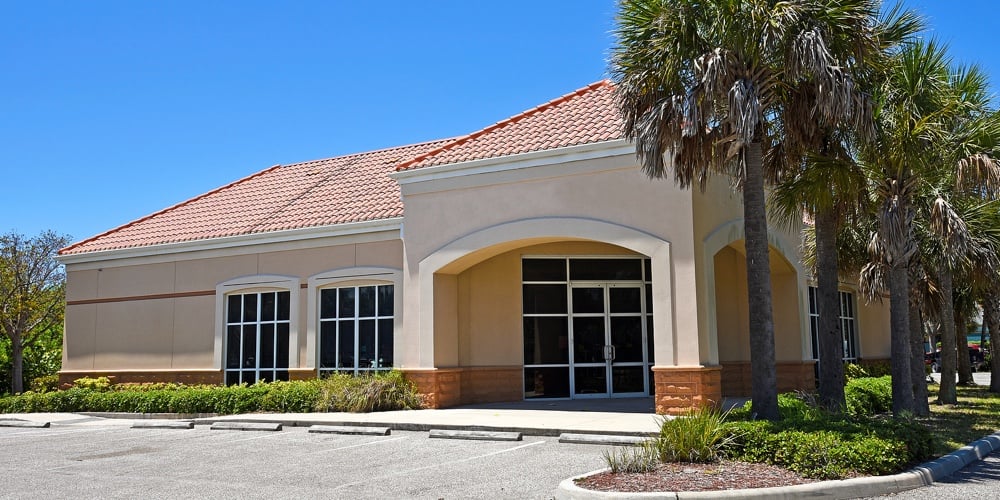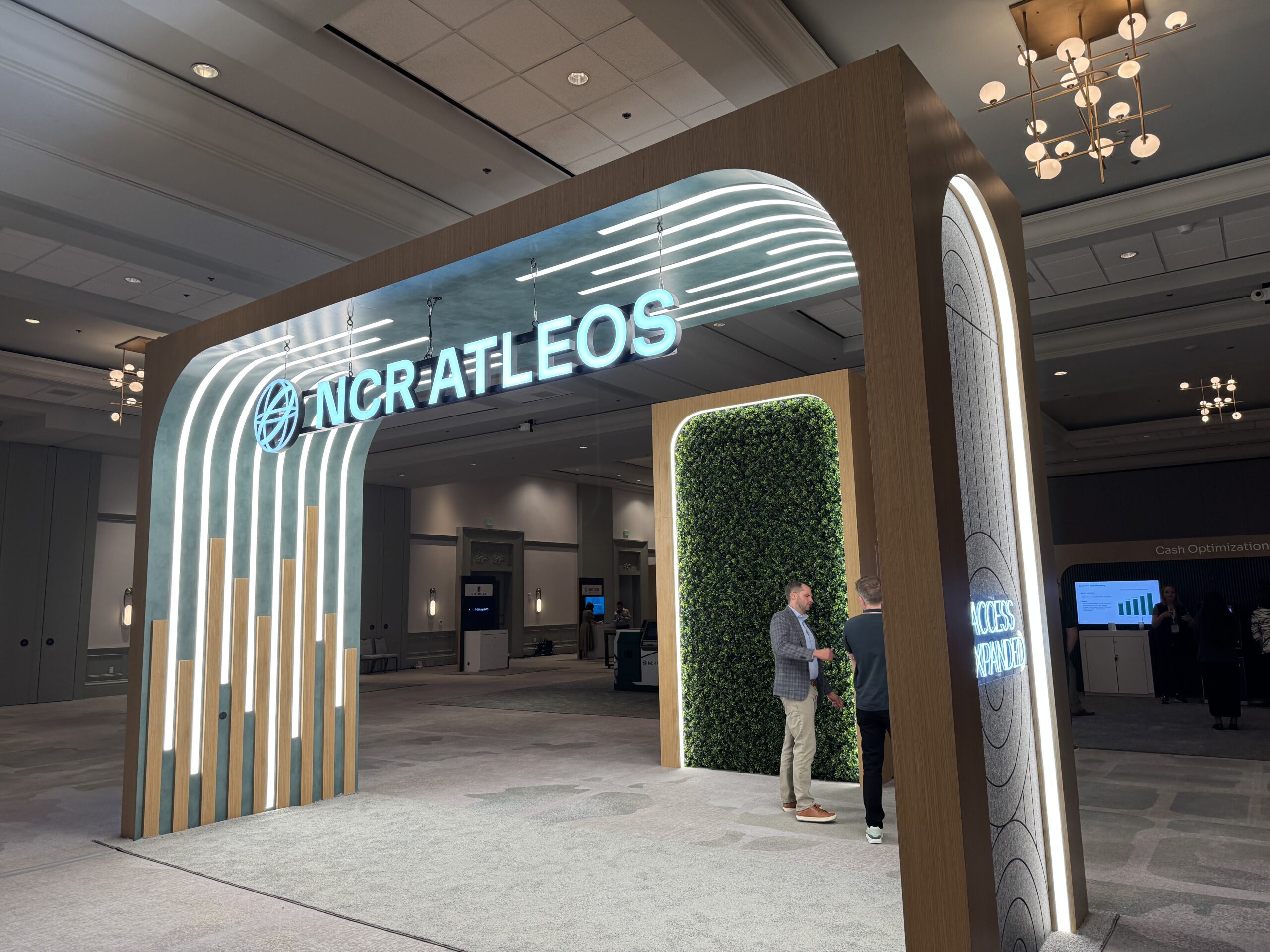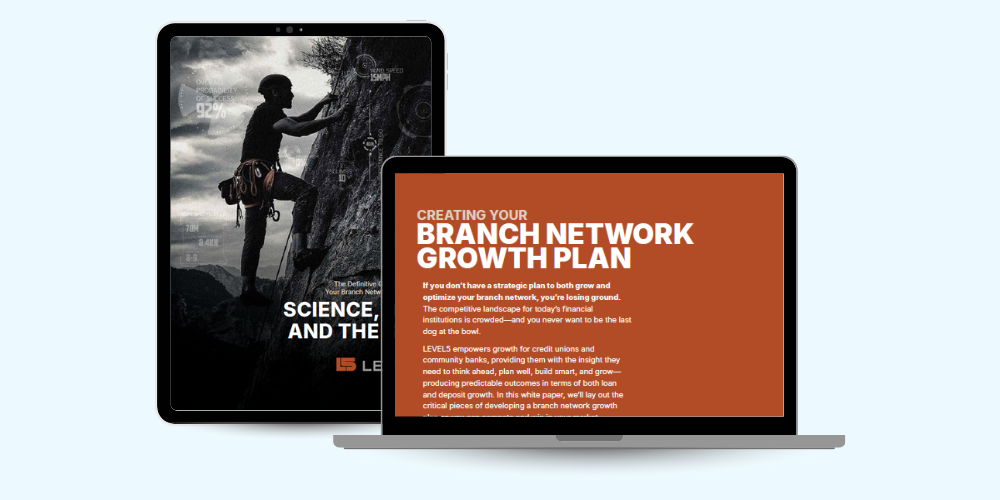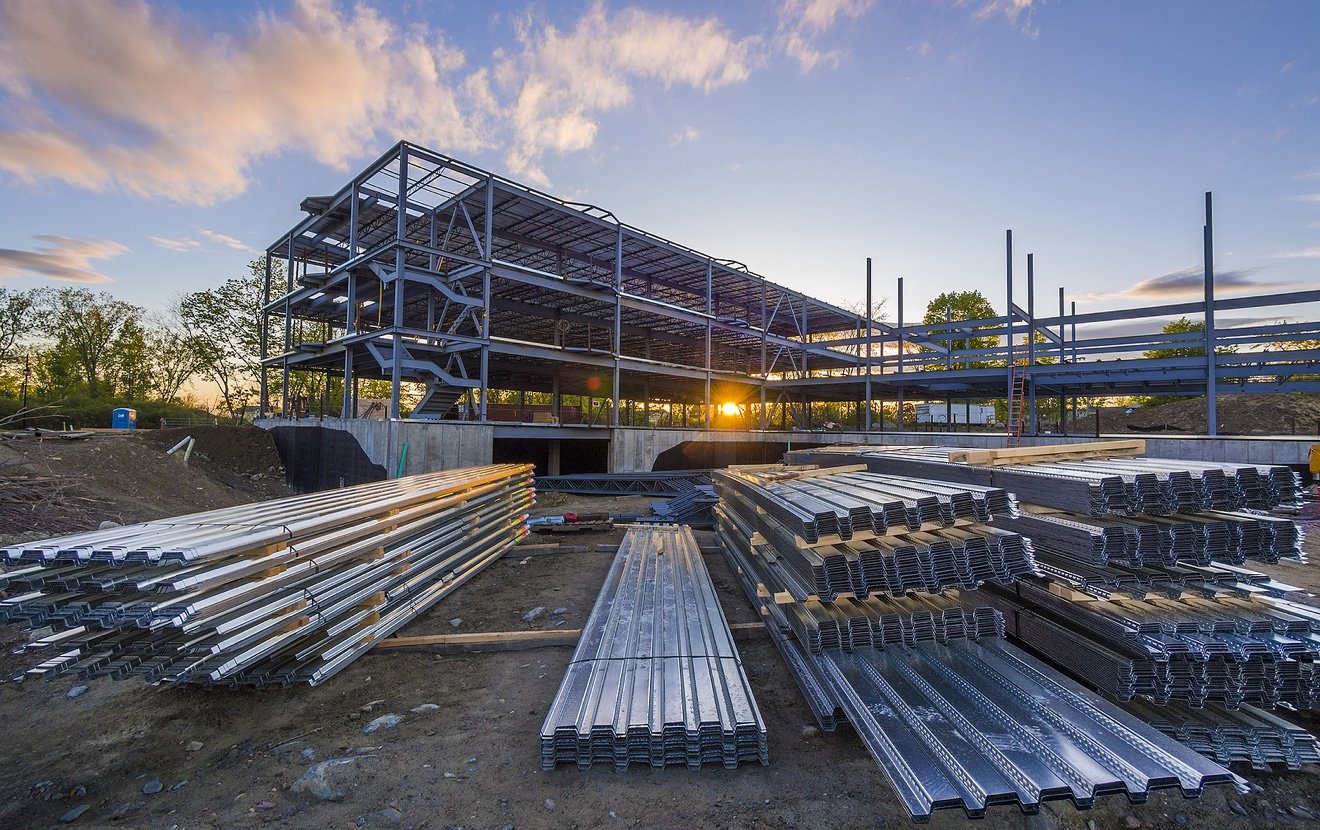Businesses looking for new office spaces have many options in the post-COVID world. Thousands of companies closed down or abandoned their commercial space from 2020 to 2022 due to financial struggles. The growth of hybrid and remote work also contributed to the massive exodus from traditional workplaces.
However, credit unions need face-to-face interactions to build client trust and rapport. The right office setting can be the key difference-maker between success and failure. By focusing on these six factors, credit unions and other businesses with in-person operations can find the perfect office for their short- and long-term goals.
1. Location
Location is always the most important factor in any real estate investment. From a business perspective, the office’s locale significantly impacts clients and employees. Everyone should be able to reach the company without hassle. An easier commute can improve worker productivity and start client interactions on the right foot.
The ideal location for an office building is near a busy intersection in an urban or suburban neighborhood. More foot and vehicle traffic leads to increased business opportunities. The company’s signage will also reach thousands of eyes daily, which is crucial for building strong brand awareness in the community.
2. Price
The building’s price is the next factor to consider. Businesses looking to invest in a commercial building should be able to afford their rent without stretching themselves too thin. This general rule helps the company avoid overspending and provides a comfortable financial cushion while acclimating to the new space.
Another way to avoid overspending is by researching comparable properties in the area to understand the local price range. Remember to consider hidden fees when calculating the total cost, such as parking fees and long-term maintenance expenses.
Every space also has a unique leasing agreement. Offices in large commercial buildings tend to have one- or two-year contracts, while standalone buildings have longer ones. Short-term leases offer more flexibility if the company wants to change locations. Long-term leases are initially more affordable, but they require greater financial stability down the line.
3. Infrastructure
The building’s price is usually a strong indicator of its infrastructural quality. Offices with a high price tag likely have amenities in good condition and strong internet connections. Businesses can confirm these assumptions by thoroughly inspecting the office before negotiating.
Size and long-term maintenance are other important factors to consider. A space that’s too large for a small business to keep up with maintenance is probably not a good option. The average size of an office building constructed in the 2000s is about 19,000 square feet in the United States. Use the building’s square footage to estimate the costs of various tasks, such as roof replacements, landscaping projects and interior renovations.
4. Comfort
Companies seeking office upgrades should always look for a building with more space. A spacious area makes for a more comfortable work environment and allows employees to easily make interior adjustments based on their preferences. A pleasant work environment boosts engagement and productivity better than any corporate initiative.
A comfortable setting can also put visitors in a better mood, which greatly helps credit unions when talking with clients. As anyone with customer service experience knows, the client’s mood is often the main determining factor that leads to a positive or negative interaction.
5. Flexibility
Although comfort is important, an office building must be flexible enough to meet the business’s various needs. One large room with a bunch of cubicles is no longer an option. There also needs to be communal work areas so employees can collaborate on group projects. Conference rooms and isolated offices for higher-level employees are also essential.
The building should be able to accommodate new technology. Some examples are energy-efficient appliances, state-of-the-art Wi-Fi routers, new PCs, videoconferencing equipment and interactive whiteboards.
6. Style
Style is the final key element that should factor into the final decision. The office space must accurately represent the company’s unique brand identity. If it looks bland and corporatized, it won’t keep employees engaged or attract positive attention from customers. Even a credit union must show some individuality with eye-catching color schemes and decorations.
Business leaders should visualize their style ideas while inspecting different offices. If a certain space has the size and shape to accommodate their design ideas, then it might be a good fit. This step in the selection process is largely subjective compared to other factors.
Setting credit unions up for success
Choosing an office space based on location, price, infrastructure, comfort, flexibility and style will set any credit union up for success. Even if it’s not a long-term investment, a short-term office space can serve as a launching pad for future growth to a regional or national level.







